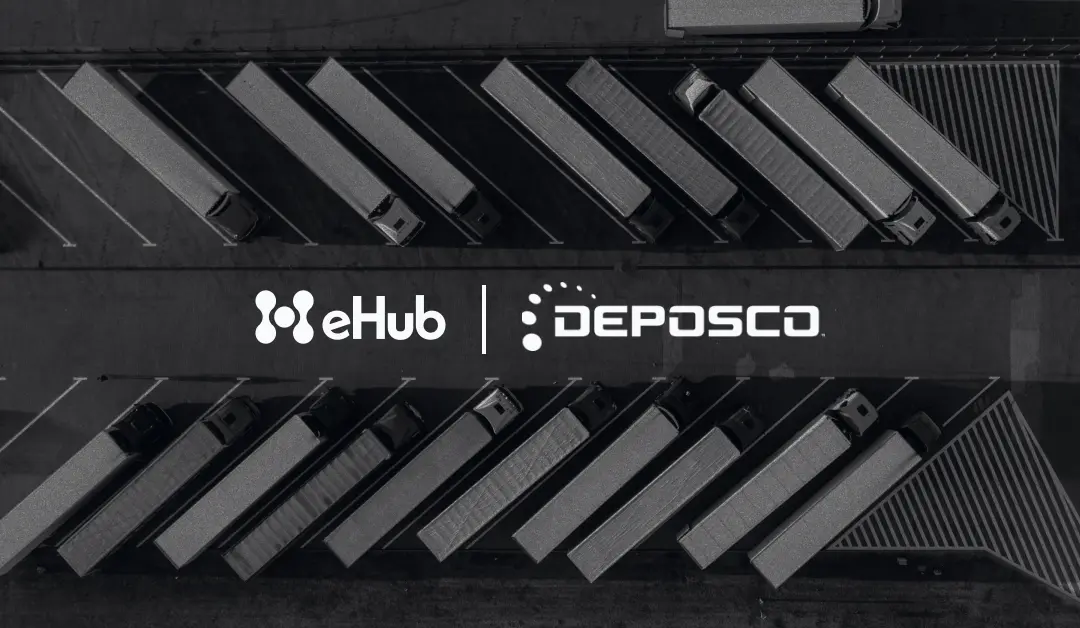If you’ve ever tracked a shipment and seen the status “Tendered to delivery service provider,” you’re not alone in wondering what it actually means, and whether your package is still on track.
This common shipping update often raises questions for ecommerce brands and customers alike. Is it delayed? Has it changed carriers? Is it out for delivery or still sitting somewhere?
Let’s break it down.
What Does “Tendered to Delivery Service Provider” Mean?
When a shipment is tendered to a delivery service provider, it means the package has been handed off from one carrier or logistics partner to another—typically for final delivery.
In most cases, this happens when a national or regional carrier (like FedEx, UPS, DHL, or a 3PL) transfers a package to a local or last-mile delivery provider. A common example is FedEx SmartPost or UPS SurePost, where packages are initially handled by the major carrier and then passed to USPS for the final stretch.
Here’s how it usually plays out:
- Your package ships via a major carrier.
- It moves through that carrier’s network and reaches a local hub.
- From there, it’s handed off (or “tendered”) to another service provider for last-mile delivery.
- You get the update: “Tendered to delivery service provider.”
At that point, your package is on its way—but it’s now in the hands of a different carrier.
Why Do Carriers Do This?
The short answer: cost and efficiency.
For large-scale shippers, partnering with local carriers or the USPS for final delivery can significantly reduce costs, especially in residential or rural areas. It’s not unusual for eCommerce brands to rely on this multi-leg approach to balance price and speed.
While it can introduce slight delays, this hybrid model is often the most economical option—particularly for free or standard shipping tiers.
What Should You Do If You See This Update?
In most cases, no action is needed. The “tendered” status simply reflects a handoff between carriers. But there are a few things you can watch for:
1. Check for Tracking Updates from the New Carrier
Once a package is tendered, the original tracking link may go silent for a bit. This doesn’t mean your package is lost—it just means tracking may now shift to a different carrier, like USPS.
Look for a new tracking number or a message indicating USPS has picked up the shipment. Many times, the original tracking number will continue to update once the second carrier scans it.
2. Expect a Short Delay
A handoff between carriers can sometimes add 1–2 days to the delivery timeline, depending on how quickly the local carrier processes incoming parcels.
This is normal, but worth noting if your customer is expecting two-day delivery. Setting the right shipping expectations up front goes a long way.
3. Watch for Missed Scans or Stalled Updates
If tracking hasn’t updated in several days after the “tendered” status, it could indicate a hiccup in the handoff. It’s rare, but not unheard of.
In those cases, reaching out to the new carrier (usually USPS) with the tracking info can help you get more clarity.

How Ecommerce Brands Can Get Ahead of Tendering Confusion
From a customer experience standpoint, “tendered to delivery service provider” can feel vague or even worrisome—especially if updates stall.
Here’s how brands can reduce friction and build trust:
✅ Proactive Notifications
Send branded tracking emails that explain what tendering means and what customers should expect next. A little education helps reduce WISMO inquiries (“Where is my order?”).
✅ Multi-Carrier Visibility
If you’re using multiple carriers or fulfillment partners, ensure you have end-to-end tracking visibility. Platforms like eHub help centralize this, giving you and your customers real-time updates across all carriers.
✅ Optimize for the Right Shipping Mix
If handoffs are causing consistent delays or poor customer feedback, it may be time to revisit your carrier strategy. In some cases, paying slightly more for end-to-end delivery with a single provider can improve speed and reliability.
Final Takeaway
“Tendered to delivery service provider” isn’t a red flag—it’s just a handoff. But for ecommerce brands, it’s also a reminder of how important the last mile is to the overall customer experience.
By understanding how tendering works and proactively managing expectations, you can turn this small moment in the delivery journey into a smoother, more transparent experience for your customers.
And if you’re looking to optimize your entire shipping operation—from tendering strategies to carrier orchestration—eHub can help.




